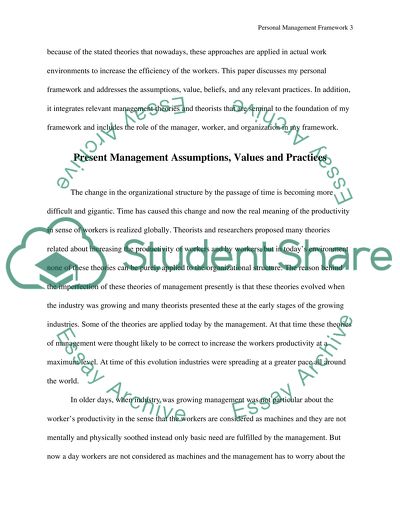Cite this document
(“Personal Management Framework Paper (Evolution of Management Class Essay”, n.d.)
Retrieved from https://studentshare.org/family-consumer-science/1412448-personal-management-framework-paper-evolution-of
Retrieved from https://studentshare.org/family-consumer-science/1412448-personal-management-framework-paper-evolution-of
(Personal Management Framework Paper (Evolution of Management Class Essay)
https://studentshare.org/family-consumer-science/1412448-personal-management-framework-paper-evolution-of.
https://studentshare.org/family-consumer-science/1412448-personal-management-framework-paper-evolution-of.
“Personal Management Framework Paper (Evolution of Management Class Essay”, n.d. https://studentshare.org/family-consumer-science/1412448-personal-management-framework-paper-evolution-of.


